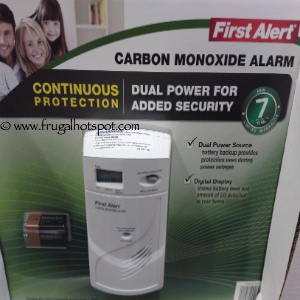

This situation gives a unique opportunity to evaluate the impact of these restricted anthropogenic emissions on air quality. Pandemic lockdowns started in all parts of the world, generating reduced industrial production and energy consumption, lower road traffic, and therefore lower emissions of pollutants in the atmosphere (Isaifan 2020 Tobías et al.


2020), and shortly after, many major human activities, in the field of transportation, industrial manufacturing, culture, and education, were globally constrained to prevent further spreading of SARS-CoV-2 virus. On the 30th of January 2020, the World Health Organization declared a global health emergency (WHO 2020a Sohrabi et al. However, in 2020, the outbreak of COVID-19, which started in China but quickly spread to many countries over the world and eventually turned into a global pandemic, caused a repercussion on the environmental panorama. In the major metropolitan cities, nitrogen dioxide (NO 2), particulate matter (PM 2.5 and PM 10), and in minor concentrations, sulfur dioxide (SO 2), carbon monoxide (CO), and ozone (O 3) are among the most hazardous air pollutants (Cohen et al. 2012), and harmful effects on human health (Kim et al. Large anthropogenic emissions from these sectors led to various environmental concerns regarding poor-quality outdoor air, altered climate (Ramanathan and Feng 2009 Shakun et al. In the last decade, the fast-growing population around the world, especially localized in metropolitan areas, resulted in increments of industrialization, transport demand, and transport flow. Monitoring studies of environmental pollution have always been necessary in order to evaluate the impact of air contaminants on human health and the environment. Overall, the benefits of lockdown on air quality in Catalonia were evidenced with NO 2, O 3 and PM 10 levels below WHOAQG values in most of stations opposed to the excess registered in previous years. Satellite images evidenced two hotspots of NO 2 in Spain (Madrid and Barcelona) in April 20 that disappeared in 2020. Correlation among mobility index in Barcelona (− 100% in retail and recreation) and contamination was positive for NO 2 and PM 10 and negative for O 3 ( P < 0.001). PM 10 lockdown levels decreased, mostly in Gràcia, Vall d’Hebron, and Granollers (− 35, − 39%, and − 39%, respectively) due to traffic depletion (− 90% in Barcelona's transport). O 3 levels increased in the transited urban stations (Gràcia, + 42%, and Granollers, + 64%) due to the lower titration effect by NO x. In absolute terms and from an epidemiologic perspective, decrease in NO 2, also reinforced by the high amount of rainfall registered in April 2020, was more relevant in the urban stations around Barcelona. NO 2 lockdown levels showed a diminution, which in relative terms was maximum in two rural stations (Bellver de Cerdanya, − 63% and Begur, − 61%), presumably due to lower emissions from the ceasing hotel and ski resort activities during eastern holidays. Selected air monitoring stations included 3 urban (Gràcia, Vall d’Hebron, and Granollers), 1 control site (Fabra Observatory), 1 semi-urban (Manlleu), and 3 rural (Begur, Bellver de Cerdanya, and Juneda).

In this study, changes in air quality by NO 2, O 3, and PM 10 in Barcelona metropolitan area and other parts of Catalonia during the COVID-19 lockdown with respect to pre-lockdown and to previous years (20) were evaluated.


 0 kommentar(er)
0 kommentar(er)
